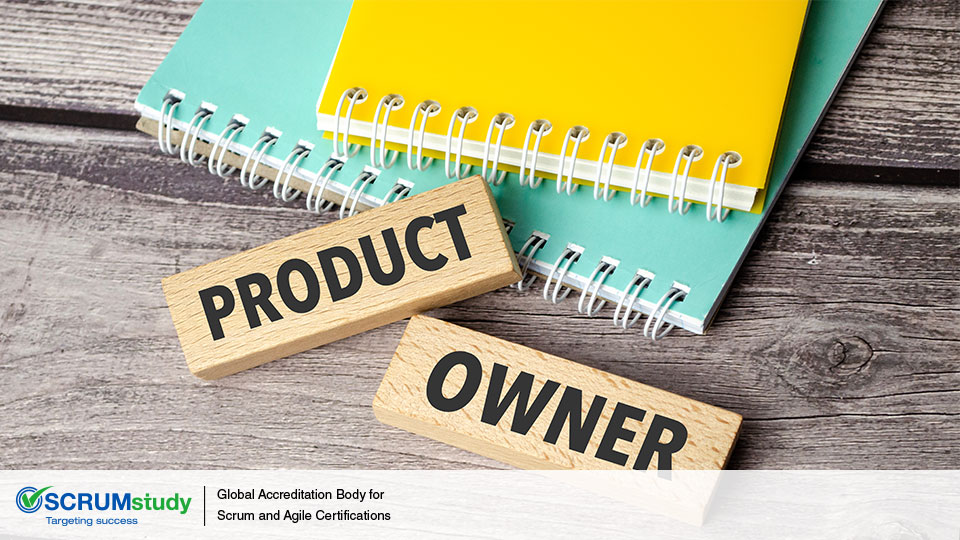Professional Product Owner Strategies
Posted by SCRUMstudy® on June 28, 2024
Categories: Agile SBOK® Guide Scaling Scrum Scrum Sprint Backlog
Professional Product Owner Strategies encompass a range of critical practices and methodologies tailored to optimize the role of the Product Owner within Agile frameworks. Effective strategies involve clear stakeholder communication, adept backlog management, and prioritization aligned with business goals and customer needs. The Product Owner must adeptly balance these responsibilities while fostering collaboration with development teams to ensure timely delivery of high-value products. Emphasizing transparency, continuous feedback loops, and adaptive planning, these strategies enable Product Owners to navigate complexities, mitigate risks, and maximize product success in dynamic environments. By leveraging these strategies, Product Owners can drive innovation, enhance team productivity, and maintain a customer-centric focus essential for sustained project success.
The key Business stakeholder of Scrum Projects is the Product Owner One integral responsibility of the Product Owner is to convey the importance and significance of the Scrum Project to the Scrum Team. This is the key for the success of any Agile Project through the use of Product Backlog.
Now let us look at some of the major responsibilities of a Product Owner:
- Creation and Maintenance of the Product Backlog: Scrum framework is mostly used in the software environment and new product development field. This is an on-going job and full time responsibility of the Product Owner. He has to constantly keep refining it especially before any sprint planning meetings.
- Prioritizing of Backlog according to the Business ROI: Product Owner also needs to prioritize and sequence the backlog according to the needs of the business and situations.
- He also elaborates the epics, themes and features into user stories which are feasible enough to be achieved in a single sprint.
- The Product Owner does the job of continuously reminding the Team of the Sprint & Release and ensures that the team remains on track in realizing their goals.
- The Product Owner does the job of continuously engaging the customer and business stakeholders to ensure that the Team is building the right product and delivering the business value expected of it. Also at the end of every Sprint the Product Owner has the opportunity to steer the team in the direction which will create value for the business stakeholders.
- The Product Owner also keeps inspecting the work done by the Scrum Team at the end of every Sprint and has the absolute authority to accept or reject their work or to suggest modifications.
- Product owner also acts as the voice of the Team to the outside world and should ensure that all the channels of communication remains open and the project get the right kind and type of support needed to succeed.
- Has the authority to terminate a Sprint if the Product Owner feels that there is drastic change in direction needed and the Sprint is no longer needed. It may happen in cases where the competitor releases a new product and the client wants a counter response.
The responsibilities of a Product Owner is onerous and there are a lot of hats that have to be worn by him hence choice of a Product Owner must be done wisely as it could lead to success or failure for the entire project which ultimately affect the success or failure of the company.

